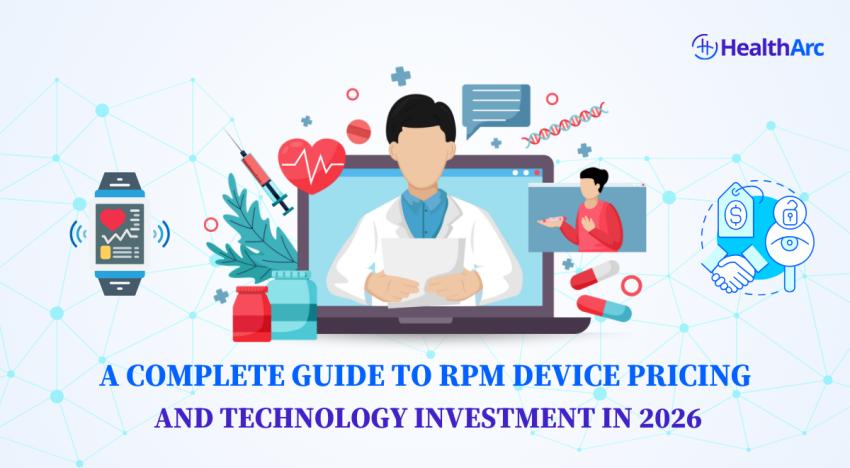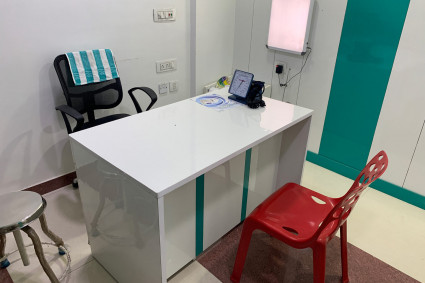
A good remote patient monitoring program strategy is based on choosing the appropriate technology stack, but when it comes to the pricing complexity of the devices, it can be a challenging task. The absolute cost and capability of various monitoring technologies should be known to make sound decisions to invest in monitoring technology with both clinical effectiveness and financial sustainability in mind.
Cellular Enabled Devices: Top of the Pile for the Best Reliability
Cellular-enabled RPM devices are the best tool in terms of patient outreach and the trustworthiness of data. Available at a cost of $80-200/patient, these generally eliminate typical barriers associated with Bluetooth-based alternatives by communicating to cell-based networks without the need of patient-issued smartphones or home WiFi connections.
Cellular-capable blood pressure monitors such as the Omron HeartGuide or iHealth Track have a purchase cost of $120-$180 dollars per patient, inclusive of device hardware and the first-year cellular subscription. Digital weight scales with cell or cellular features cost between $100 and $150, whereas cellular/cell-enabled glucose monitors are $150-$200 a year, including the costs of test strips and data transmission services.
The high rates of patient engagement are realized through the premium pricing. Studies have found that devices with cellular features send data daily 85-90 percent of the time, while Bluetooth-based systems only do so 60-75 percent of the time; this affects your eligibility for Medicare billing and your health results.
Bluetooth-Enabled:Budget-Friendly with Connection Overrides:
Bluetooth-enabled DMU and accessories are cost-effective, although there have been instances of connection overrides.
Estimates of hardware costs are much lower with Bluetooth-enabled devices (approximately $30-100 per patient). Entry-level equipment is available as follows:Blood pressure monitors begin at about 35, digital scales at 30-50, and glucose monitors at 50-80, making entry-level products attractive to price-sensitive implementations.
However, there are often concealed expenses that are realized in cutbacks in features and increases in support costs. Bluetooth devices also implore the patients to update the smartphone apps, remember to sync the data, and address the connectivity problems. This equates to doubling to tripling of technical support costs and decreasing transmission billing rates.
Where the populations served by the practice are tech-savvy and have ease of access to smartphones, Bluetooth-enabled devices can be functional enough at lower costs of purchase. Consider this as possible pilot programs or population segments of patient cohorts that can be proven to be technology comfortable.
FDA Approval and Medicare Compliance: Must Take Place
The selection of a device should place its FDA clearance and Medicare compliance as a priority over cost. Unapproved devices, no matter how cost-effective, make reimbursement status and practices open to audit risks.
Approved devices contain critical accuracy testing and retain the clinical-grade accuracy required to ensure patient monitoring. Although consumer-level substitutes appear cheaper, their application in medical practices contravenes the Medicare rules and endangers patient lives.
Invest at least an additional 50-100 dollars per patient in FDA-cleared devices compared to consumer device alternatives, but are willing to do so because they believe this kind of investment is necessary to get the program into compliance and maintainability.
Multi-Condition Monitoring: Economies of Scale
Practices that track conditions across multiple disease states can realize cost efficiencies through package pricing of devices. The full-service monitoring kits that include a blood pressure monitor, scale, pulse oximeter, and glucose monitor can be purchased at a price of 200-350 dollars per patient, sometimes up to 20-30 percent less than when individual devices are being purchased.
Using these bundles makes it easier to bring patients on board, manage vendors, and provide technical support; this reduces operating costs and improves the patient experience since all patients receive the same basic equipment with similar quality tools.
lifecycle and replacement planning
Incorporate replacement costs into your financial calculations. For clinical-grade equipment, it can expect a usable life span of 24-36 months with normal use; thus, one additional year of replacement budget is required at $50-100 per patient annually. Cellular devices might need to be changed earlier as a result of changes in mobile technologies, and the entities having Bluetooth devices may also run the risk of being rendered unusable by alterations in smartphone compatibility.
Set up the relationship with the vendors that entails warranty, replacement of damage, and technology upgrade cycle. Vendors will offer device insurance to healthcare providers at a price of around $5-15 per patient per month, which can provide them with predictable costs for replacing their devices and eliminate unexpected cost increases.
Costs to conceivable technology platform integration
There is more to your technology investment than the costs of your machinery. The costs of data aggregation, clinical dashboards, and EHR integration are an additional $20–$40 per patient per month for devices.
High-end platforms with AI-based analytics, predictive modeling, and automated clinical workflows have a higher price point and provide a better clinical outcome and higher staff efficiency. Assess platform capabilities against your clinical needs and not purely on cost minimization.
This is by optimizing our ROI via strategic device selection.
Effective RPM programs optimize the cost of devices with clinical results and patient engagement. More expensive cellular solutions tend to have better ROI due to increased billing compliance and lowered overhead costs to the practice, but lower-priced Bluetooth devices may fit patient populations with robust technology support.
Estimate the total cost of ownership of devices, platform fees, support, and replacement costs instead of the initial costs of purchasing them. Such holistic planning will result in a sustainable program economy and at the same time remain medically effective.
Any device investment strategy must reflect the demographics of patients being served, clinical objectives, and operational resources, as the lowest-cost options are rarely the most successful settings to meet RPM program objectives.
Need help selecting the right RPM devices for your patient population? Healtharc technology specialists offer complimentary device consultations and can provide sample equipment for pilot testing. Contact us today to ensure your technology investments deliver maximum clinical and financial returns.




